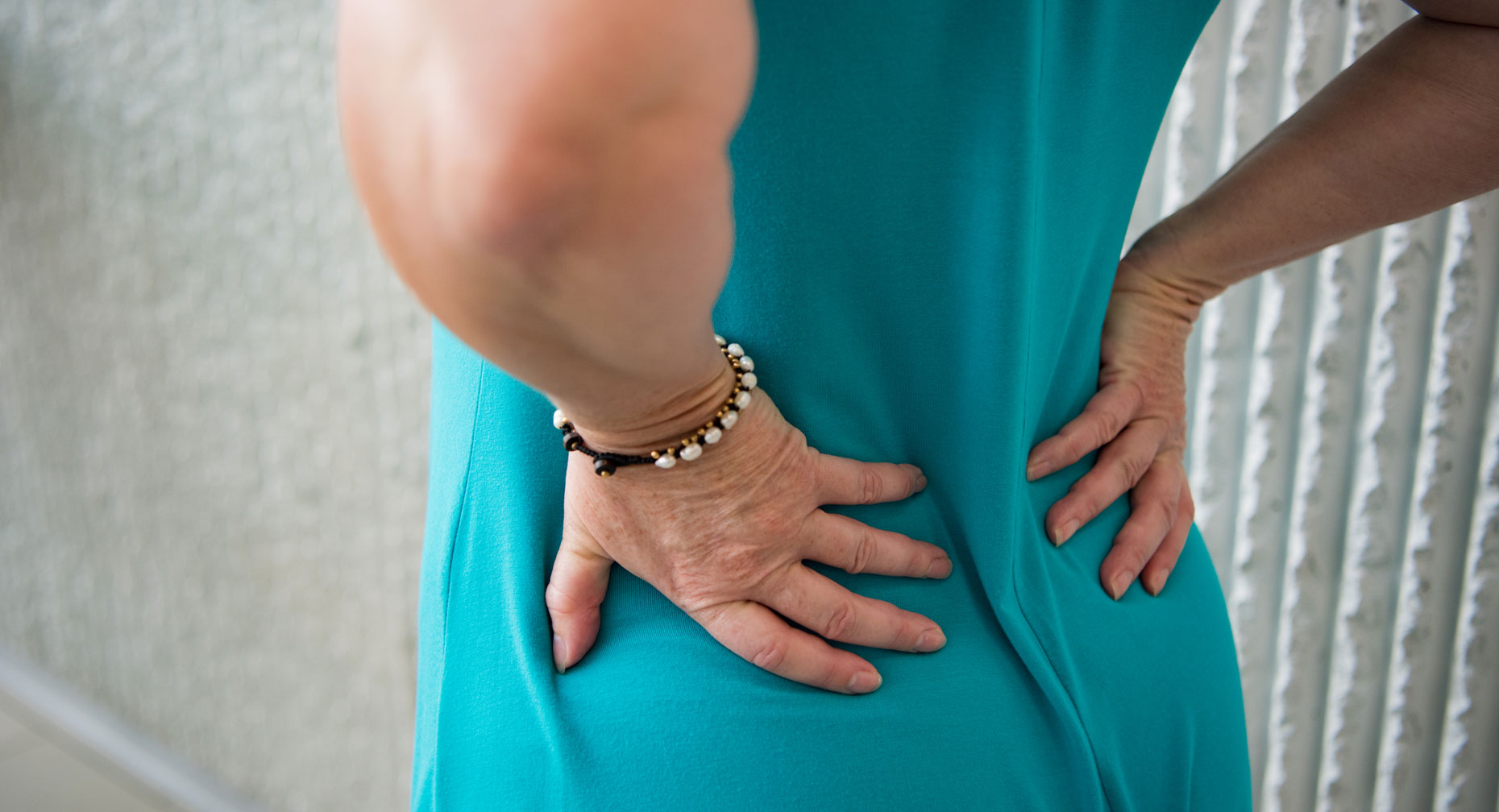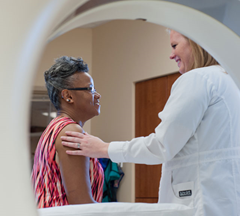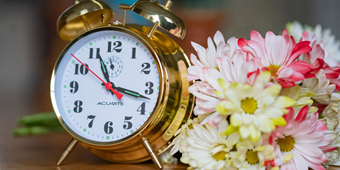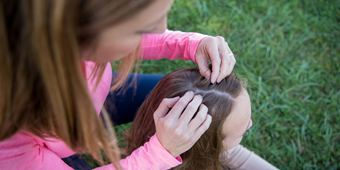Getting Past the Pain of Kidney Stones

Find Your Perfect Match
Answer a few questions and we'll provide you with a list of primary care providers that best fit your needs.
Besides being painful, what are kidney stones?
They’re solid formations of minerals and salts that crystalize in urine in the kidneys when concentrations are high. They can be as tiny as a grain of sand to pebble-size and larger. And they can develop at any age, from infants to the elderly.
Although some stones remain in the kidneys, others travel through the ureter (the tubes that carry urine from each kidney to the bladder) and into the bladder, explains Howard Abromowitz, MD.
Symptoms of a Kidney Stone
Small stones move into the bladder and out of the body with minimal symptoms.
Larger stones, though, can become lodged in the ureter, block urine flow and cause sharp pain in your back, side, lower abdomen or groin, and blood in your urine. Symptoms may also include burning urination, nausea, and fever. Fever could indicate a serious infection, a reason to call to your doctor immediately.
The location of your pain signals the location of your kidney stone:
- If your stone is located in one of your ureters (the tubes that carry urine from each kidney into the bladder), you’ll likely feel pain in your back. If the stone is in the left ureter, your pain will be on the left side of your back. If in the right ureter, the pain will be on the right side of your back. “ The pain usually doesn’t move around; it stays in that location,” says Dr. Abromowitz. Along with the pain, you may have nausea and vomiting, he adds.
- If your stone moves down toward your groin, you’ll usually feel an urgency to urinate, and you’ll urinate often. You may also have a burning sensation. “It may feel like you have a bladder infection or a urinary tract infection because the discomfort is very similar,” says Dr. Abromowitz.
- “If your kidney stone reaches the bladder, generally the pain's over and you’ll pass the stone when you urinate,” Dr. Abromowitz explains. “Some people think it’s painful when you pass the stone, but that’s not true. Once it reaches your bladder you shouldn’t have any more pain, and you won’t even know you passed it unless you are straining your urine.”
Causes of Kidney Stones
The most common cause of kidney stones is dehydration. You’re not drinking enough water to dilute the concentration of minerals in your urine . Recommended water consumption is about two liters — or half a gallon — of water (which works out to about eight 8-ounce glasses) a day.
Water is the best fluid to drink in order to prevent kidney stones, Dr. Abromowitz explains. “But water from a well is very high in solutes, which increases your chance of kidney stones. So i f you're drinking well water, you ought to have a purification system on it. Every year I see patients who develop a kidney stone for this reason.”
Other kidney stone risk factors include:
- Too little or too much exercise
- Being overweight
- Eating food with excess salt, sugar, and animal protein
- Weight loss surgery
- Kidney infections. Infections increase the risk of kidney stones by slowing urine flow or changing the acid balance of urine.
- Family history of kidney stones
- Some drugs used to treat AIDS, seizures, and migraines can cause kidney stones.
Types of Kidney Stones
Kidney stones vary in composition depending on the type of minerals in the urine:
- Calcium forms about 80 percent of kidney stones – mostly calcium oxalate and, in some cases, calcium phosphate.
- Uric acid crystals tend to form stones in acidic urine. The following contribute to acidic urine: excess weight, chronic diarrhea, type 2 diabetes, gout and diets high in protein and low in fruits and vegetables.
- Struvite (magnesium ammonia phosphate) forms in alkaline urine, often related to chronic urinary tract infections.
- Cystine is an amino acid that forms stones when in high concentration, due to a rare inherited condition. This is the rarest form of kidney stones.
Stones that form in your kidneys are not the same as bladder stones. Bladder stones develop in different ways. But small kidney stones may travel down the ureters into your bladder and, if not expelled, can grow into bladder stones.
The most common cause of kidney stones is dehydration. You’re not drinking enough water to dilute the concentration of minerals in your urine.
Diagnosis of Kidney Stones

When you have kidney stone symptoms, as described above, see your health care provider. She’ll check your medical history, give you a physical examination, and order imaging tests, as needed.
Your doctor may ask you to drink extra fluid to help flush out the stone. By straining your urine, you may be able to save a piece of the stone. This will enable your doctor to determine the type of stone, what may be causing the condition, and how to reduce your risk of recurring stones.
If your stone doesn’t flush out, your doctor may order a high-resolution CT scan from the kidneys to the bladder or a KUB (kidney-ureter-bladder) X-ray to determine the size and location of the stone.
Another test used for some patients is the intravenous pyelogram (lVP), an X-ray of the urinary tract taken after injecting dye.
Treatment of Kidney Stones
For smaller kidney stones, pain relievers may be the only treatment needed. On average it takes five to seven days to pass a kidney stone, says Dr. Abromowitz. “It may pass sooner. And if the stone is very high in the ureter, it can take up to two weeks.”
Larger stones that block urine flow or cause infection may require surgery, such as:
- Shock-wave lithotripsy, a noninvasive procedure using high-energy sound waves to break stones into fragments that pass out in the urine
- Ureteroscopy, in which an endoscope is inserted through the ureter to retrieve or break up the stone
- Percutaneous nephrolithotomy or nephrolithotripsy, used for very large (2 centimeters or larger) or irregularly shaped stones. For both procedures, a small incision is made in the back to provide access for a nephroscope, a miniature fiberoptic camera, and other small instruments. Your doctor then either removes the stone ( nephrolithotomy) or breaks up and removes the stone (nephrolithotripsy).
For ongoing prevention of recurring kidney stones, your doctor may prescribe increasing fluid intake, changing diet, controlling weight, and taking medication.
To learn more about kidney stones, talk to your doctor or health care provider or search for a provider.
Find Your Perfect Match
Answer a few questions and we'll provide you with a list of primary care providers that best fit your needs.
Source: Urology Care Foundation; National Kidney Foundation; National Institute of Diabetes and Digestive and Kidney Diseases; Dr. Howard Abromowitz, MD, Premier Urology Specialists




